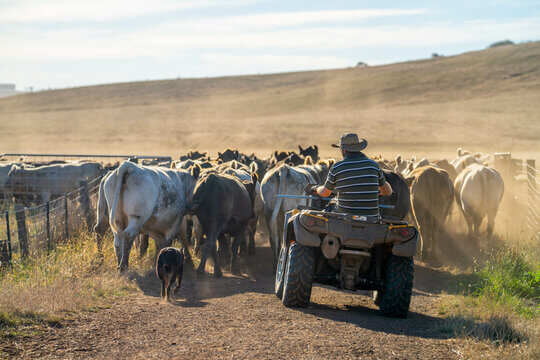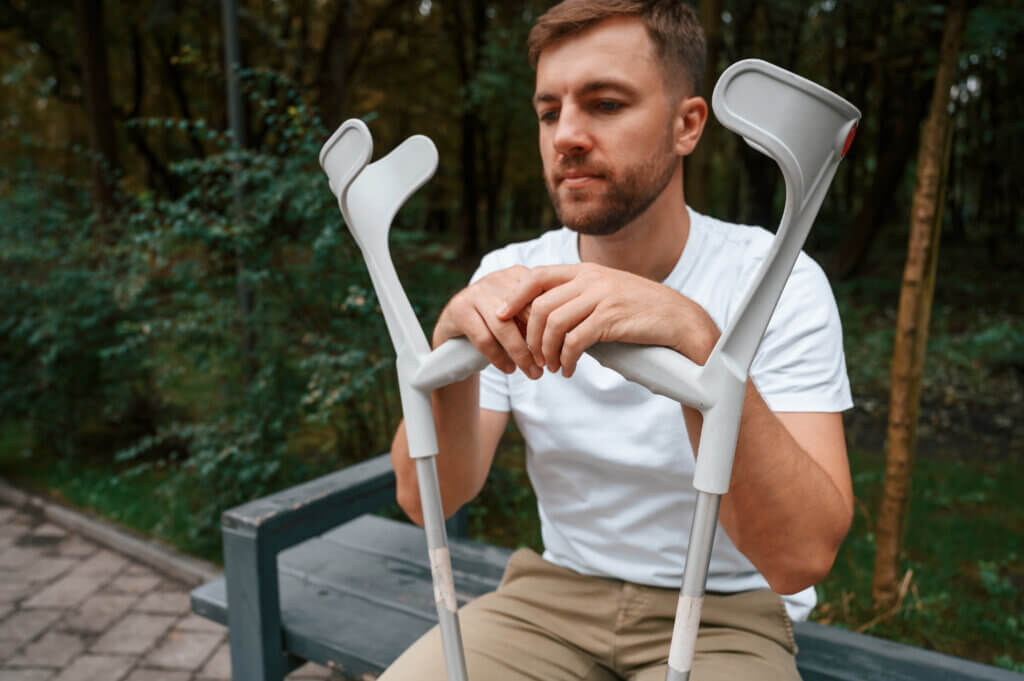Safety incidents rarely occur because of a single failure. More often, they result from multiple weaknesses aligning at the wrong moment. The Swiss Cheese Model of Accident Causation, developed by psychologist James Reason, provides a powerful way to understand how accidents happen and, more importantly, how they can be prevented.
What is the Swiss Cheese Model?
The Swiss Cheese Model uses the analogy of slices of Swiss cheese to represent different layers of protection within a system. While each layer is designed to prevent accidents, they all contain holes—gaps in safety measures that can allow hazards to pass through.
When these holes line up across multiple layers, an accident occurs. This concept highlights why accidents are rarely the result of a single failure but instead happen when multiple weaknesses coincide.
How the Swiss Cheese Model Works
Layers of Protection (Cheese Slices)
Each slice of cheese represents a safety barrier designed to stop hazards. These layers could include:
✔ Proper training and induction for all workers
✔ Regular equipment maintenance to prevent mechanical failures
✔ Clear safety policies and procedures
✔ Strong communication and supervision
✔ Personal protective equipment (PPE) to reduce injury risks
✔ A culture where safety concerns can be openly reported
Holes in the Cheese (Weaknesses in Safety Systems)
No safety measure is perfect. Each layer has weaknesses or “holes”, which can shift and change over time. These may include:
⚠ Human errors – fatigue, inexperience, distraction
⚠ Process failures – poor training, skipped maintenance, unclear policies
⚠ Environmental factors – extreme weather, time pressures, unpredictable livestock
The Accident (When Holes Align)
An accident happens when holes in multiple safety layers line up, allowing a hazard to bypass all safeguards.
For example, a tractor rollover could happen because:
🔴 A new worker didn’t receive proper training (hole in the training layer)
🔴 The tractor’s brakes were poorly maintained (hole in the maintenance layer)
🔴 The worker was fatigued from long hours (hole in the human factors layer)
Individually, these failures might not cause an incident. But when they combine at the wrong moment, the risk of an accident increases dramatically.
Preventing Accidents with the Swiss Cheese Model
The key lesson from the Swiss Cheese Model is that no single safety measure is enough on its own. Instead, workplaces need multiple layers of protection to reduce risks.
How Farms Can Strengthen Their Safety Layers
🚜 Tractors & Machinery
✔ Mandatory operator training and refresher courses
✔ Regular equipment inspections and servicing
✔ Fatigue management strategies to ensure workers are alert
🏍️ Quad Bikes & Vehicles
✔ Helmets and crush protection devices (CPDs) for riders
✔ Speed limits and terrain assessments before operation
✔ Clear policies on who can operate vehicles and when
🐂 Livestock Handling
✔ Training in low-stress handling techniques
✔ Use of proper yards, gates, and crushes
✔ Team-based handling for high-risk activities
🛠️ Workshop & Maintenance Safety
✔ Lockout/tagout procedures for machinery repairs
✔ Proper PPE and clear workspaces
✔ Safety training to prevent self-managed repairs gone wrong
By assessing where the holes exist in their safety systems, farm managers can reinforce weak areas and prevent hazards from aligning. Site Safety Inspections or Tool Box Talks can the the first steps to find the weaknesses.
Final Thoughts: Safety is a System, Not a Single Fix
The Swiss Cheese Model highlights an essential truth about farm safety: you can’t rely on just one measure to prevent accidents. Instead, you must build multiple, overlapping layers of protection to keep workers safe.
By applying this model, farmers and rural workplaces can identify safety gaps, strengthen their risk management strategies, and create a safer work environment for everyone.
Safety isn’t just about rules—it’s about ensuring that when things go wrong, there are enough barriers in place to stop a minor issue from becoming a tragedy.




